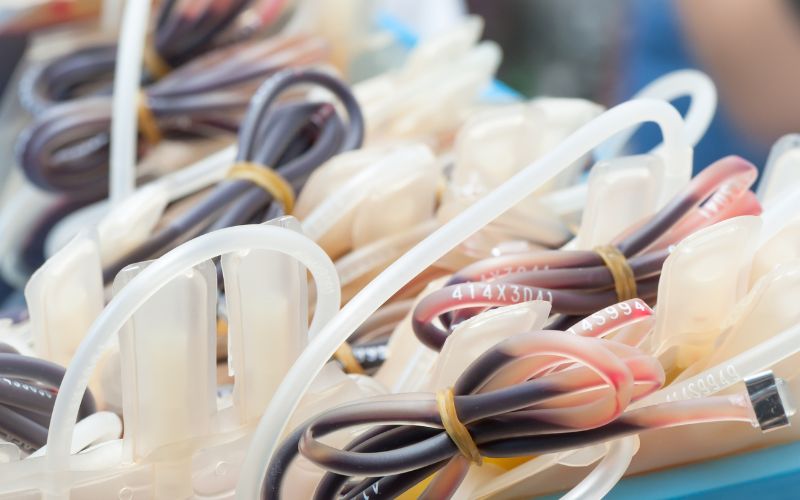AI Driving Assistance: Enhancing Safety and Convenience
Artificial Intelligence (AI) has rapidly evolved to transform the automotive industry, offering advanced driving assistance systems that enhance safety and convenience on the road. From adaptive cruise control to lane-keeping assistance, AI-driven technologies are reshaping the driving experience. In this article, we’ll delve into how AI is driving help on the road and revolutionizing the way we interact with our vehicles.
Table of Contents
- Introduction
- AI in Driving Assistance Systems
- Adaptive Cruise Control and Collision Avoidance
- Lane-Keeping Assistance and Autonomous Driving
- Fusionex Group’s Innovations in Automotive AI
- AI for Personalized In-Car Experiences
- AI and Pedestrian Safety
- Cybersecurity and AI in Connected Cars
- Challenges and Regulatory Considerations
- The Future of AI in Driving Assistance
- Conclusion
- FAQs
Introduction
AI has paved the way for transformative changes in the automotive industry, with driving assistance systems that leverage machine learning and sensor technologies to create safer and more efficient driving experiences.
AI in Driving Assistance Systems
AI-driven driving assistance systems rely on sensors, cameras, and radar to gather data from the vehicle’s surroundings. This data is processed in real-time to make driving decisions that enhance safety and provide convenience to drivers.
Adaptive Cruise Control and Collision Avoidance
Adaptive cruise control uses AI to maintain a safe following distance from vehicles ahead. Collision avoidance systems analyze data and alert drivers to potential collisions, and in some cases, they can autonomously apply brakes to prevent accidents.
Lane-Keeping Assistance and Autonomous Driving
Lane-keeping assistance uses AI to detect lane markings and ensure the vehicle stays within its designated lane. More advanced systems can enable autonomous driving by using AI algorithms to navigate the vehicle safely.
Fusionex Group’s Innovations in Automotive AI
Fusionex Group has brought innovation to the automotive industry by developing AI solutions that improve vehicle safety, connectivity, and efficiency. Their contributions include AI-powered predictive maintenance and intelligent navigation systems.
AI for Personalized In-Car Experiences
AI tailors in-car experiences to individual preferences. Voice recognition, gesture control, and facial recognition enable personalized entertainment, navigation, and climate control.
AI and Pedestrian Safety
AI-driven pedestrian detection systems use cameras and sensors to identify pedestrians in the vehicle’s path. These systems can alert the driver or apply brakes to avoid collisions.
Cybersecurity and AI in Connected Cars
As vehicles become more connected, AI plays a crucial role in cybersecurity. AI algorithms can detect anomalies and potential cyber threats in real-time, protecting vehicles and passengers from malicious attacks.
Challenges and Regulatory Considerations
While AI-driven driving assistance systems offer numerous benefits, challenges such as human-AI interaction, data privacy, and regulatory standards need to be addressed to ensure safe and responsible adoption.
The Future of AI in Driving Assistance
The future holds exciting possibilities for AI in driving assistance. Continued advancements will lead to even safer, more autonomous vehicles, reducing accidents and providing a smoother driving experience.
Conclusion
AI-driven driving assistance systems are revolutionizing the automotive industry, making roads safer and driving experiences more convenient. As technology continues to evolve, AI’s impact on road safety and transportation will only become more significant.
FAQs
- What is adaptive cruise control? Adaptive cruise control uses AI to maintain a safe following distance from vehicles ahead, adjusting the vehicle’s speed accordingly.
- How does AI contribute to pedestrian safety in vehicles? AI-driven pedestrian detection systems use cameras and sensors to identify pedestrians and prevent collisions.
- What is Fusionex Group’s role in automotive AI? Fusionex Group develops AI solutions for predictive maintenance, navigation, and vehicle safety, enhancing the automotive experience.
- What challenges does AI face in driving assistance systems? Human-AI interaction, data privacy, and regulatory standards are challenges that need to be addressed for responsible AI adoption in driving assistance.
- What can we expect from the future of AI in driving assistance? The future holds the promise of even safer, more autonomous vehicles with advanced AI-driven driving assistance systems.


